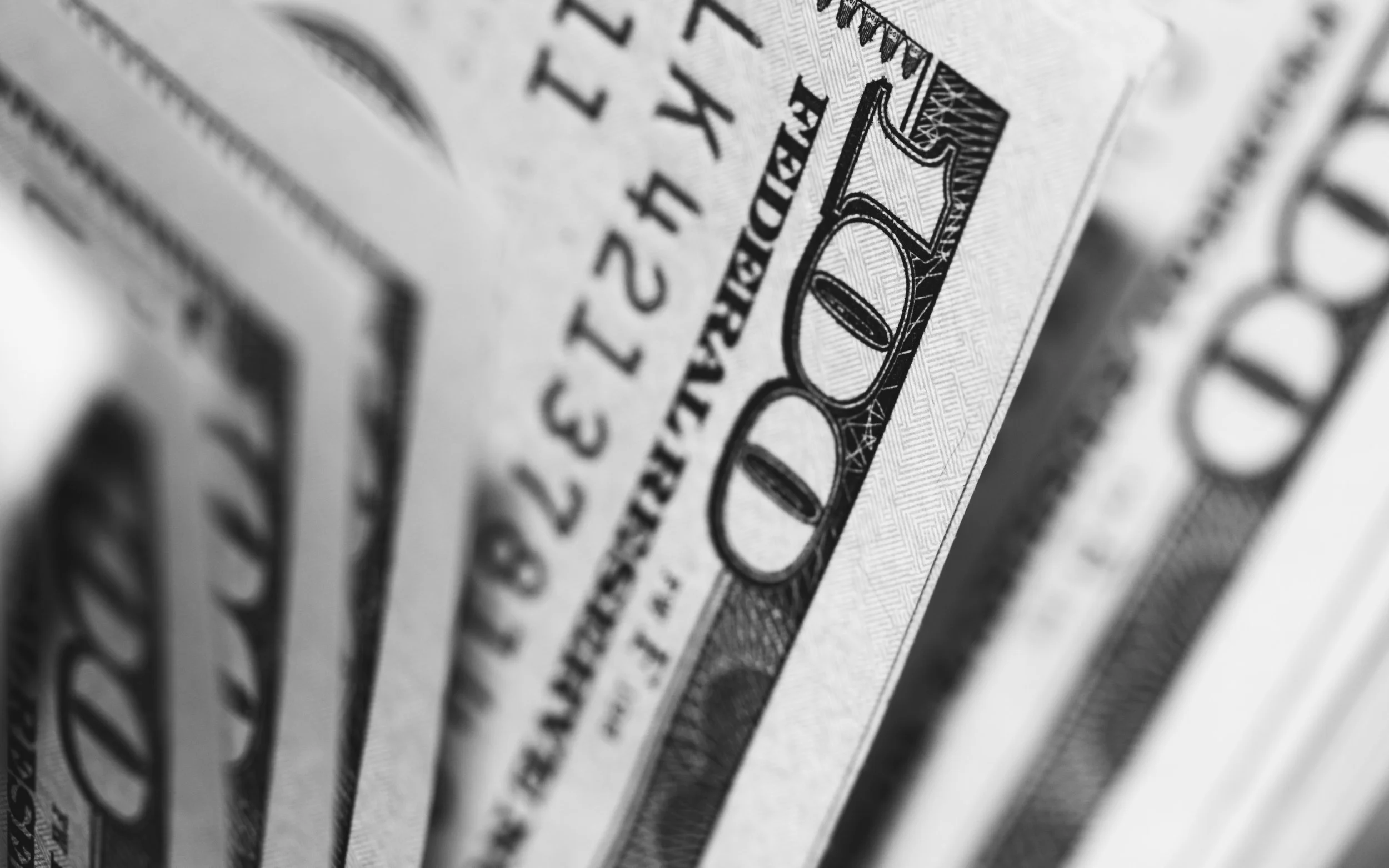The dollar gained against the Euro and British Pound amid speculation about interest rate differences between the U.S. Fed and European banks.
Despite these increases, the dollar remained stable overall, following new US economic data that prompted a reassessment of the Fed’s potential easing of monetary policy.
In New York’s latest trading session, currency values shifted significantly. The dollar fell to 144.91 yen, and the Euro and Pound also declined to $1.0954 and $1.2747, respectively.
The DXY index, which tracks the dollar against other currencies, rose slightly by 0.11% to 102.404 points, registering a small weekly gain of 0.01%.
This consolidation in the dollar’s value came as investors weighed US macroeconomic data for hints of the Fed’s future moves.
Recent US Producer Price Index (PPI) data, lower than market expectations, slightly eased concerns raised by earlier Consumer Price Index (CPI) data.
Pantheon, a consultancy firm, suggested that the forthcoming Personal Consumption Expenditures (PCE) inflation report could be crucial.

It may prompt the Fed to begin monetary easing sooner, with possible interest rate cuts as early as March.
Currently, as per CME Group’s tracking tool, the market anticipates a 79.5% chance of this happening.
Core inflation may not decline fast enough
Olivier Korber, a strategist at Société Generale Research, views this market expectation as premature.
He argues that core inflation may not decline fast enough by March to justify an interest rate cut.
The absence of this option in the Fed’s minutes supports his view.
Considering the interest rate differential, Korber predicts that this situation might weaken the Euro in the short term.
The Bank of Japan (BoJ), as reported by sources to Reuters, is expected to maintain its 2% inflation projection for the coming years despite economic uncertainties and geopolitical risks.
A report by Capital Economics anticipates most Latin American currencies will fall against the dollar this year.
This trend could negatively affect the performance of Latin American stock market assets when valued in US dollars.

